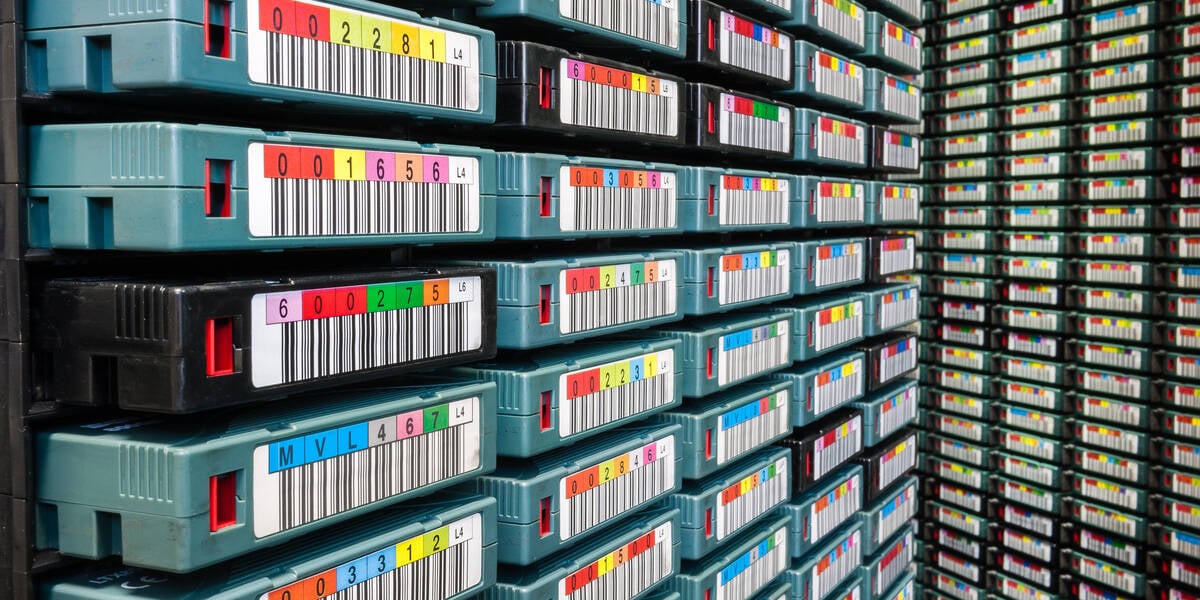
"You must keep copying it over to new generations of media. A hard disk drive might last five years. A tape, well, if you're brave, it might last ten years. But once that lifetime is up, you've got to copy it over. And that, frankly, is both difficult and tremendously unsustainable if you think of all that energy and resource we're using."
"Although it is the most popular archival storage choice because it has a far lower cost per terabyte than either hard disk or SSD, a tape's content requires it to be copied and written (resilvered) to a fresh tape every five years or so to avoid bit rot."
Archival storage's future hinges on LTO tape technology, which, while affordable, is plagued by a finite lifetime necessitating periodic copying to prevent data degradation. Despite the introduction of LTO-10, its capacity increase simply heightens read times compared to previous generations. Other technologies like optical storage edge closer to market viability and may serve as alternatives, whereas advanced solutions like DNA storage remain speculative. The pressing issues of access speed, environmental concerns, and escalating data demands suggest the need for better archival solutions.
Read at Theregister
Unable to calculate read time
Collection
[
|
...
]